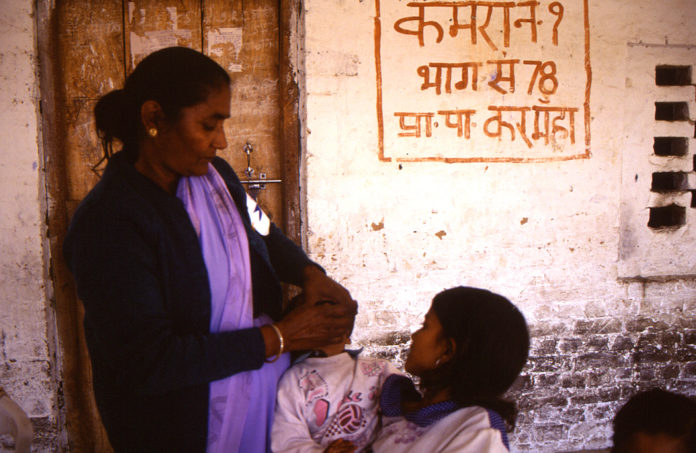Study finds the actual size of the health workforce in India is smaller than what data from various registries suggest
The actual size of the health workforce in India is lower than the number of medical professionals registered with various councils and associations in the country. A research paper published in The BMJ Open by Dr Anup Karan, Additional Professor, Indian Institute of Public Health Delhi, (IIPHD) and his team came to this conclusion after comparing data from the National Sample Survey (NSS) and a review of published documents by the Central Bureau of Health Intelligence.
“The total size of health workforce estimated from the National Sample Survey (NSS) data is 3.8 million as of January 2016, which is about 1.2 million less than the total number of health professionals registered with different councils and associations. The density of doctors and nurses and midwives per 10 000 population is 20.6 according to the NSS and 26.7 based on the registry data. Health workforce density in rural India and states in eastern India is lower than the WHO minimum threshold of 22.8 per 10 000 population. More than 80% of doctors and 70% of nurses and midwives are employed in the private sector. Approximately 25% of the currently working health professionals do not have the required qualifications as laid down by professional councils, while 20% of adequately qualified doctors are not in the current workforce,” the study found.
Measures to bring non-working qualified health professionals, particularly women health professionals, into the mainstream has potential to improve the situation. Close to 25% of qualified women professionals are currently not a part of the health workforce
Drawing evidence from the Organisation for Economic Co-operation and Development (OECD) countries, WHO has recently revised the minimum need as 44.5 health professionals per 10 000 population. The Global Health Workforce Alliance and WHO categorised India among the 57 most severe crisis-facing countries in terms of availability of Human Resources in Healthcare.
The study recommends measures to improve the HRH population ratio:
i) Measures to bring non-working qualified health professionals, particularly women health professionals, into the mainstream has potential to improve the situation. Close to 25% of qualified women professionals are currently not a part of the health workforce.
(ii) Short term strategy includes training and providing short formal courses to underqualified health workers and mainstream them to achieve common and acceptable standards. . Such SOPs can be prepared by a panel comprising of experts, councils and representative unqualified health workers which meets contextual requirements;
(ii) medium to long term strategy should be opening up medical colleges and other professional courses in less developed states.


